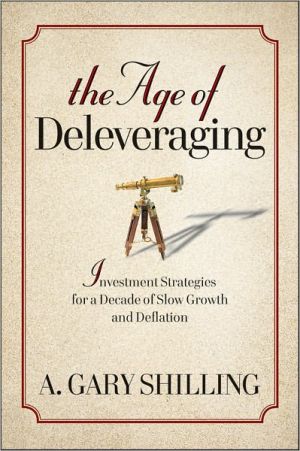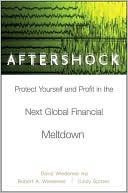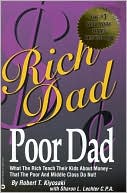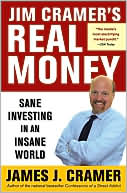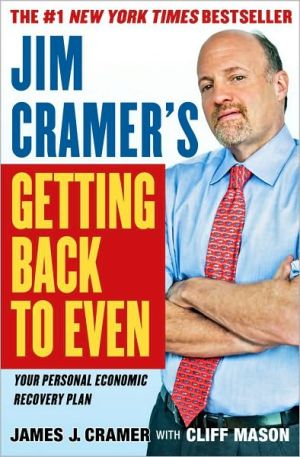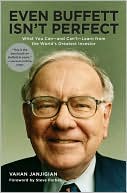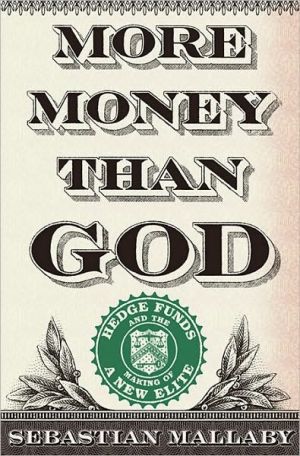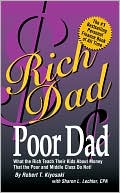Fractal Market Analysis: Applying Chaos Theory to Investment and Economics
A leading pioneer in the field offers practical applications of this innovative science. Peters describes complex concepts in an easy-to-follow manner for the non-mathematician. He uses fractals, rescaled range analysis and nonlinear dynamical models to explain behavior and understand price movements. These are specific tools employed by chaos scientists to map and measure physical and now, economic phenomena.
Search in google:
A leading pioneer in the field offers practical applications of this innovative science. Peters describes complex concepts in an easy-to-follow manner for the non-mathematician. He uses fractals, rescaled range analysis and nonlinear dynamical models to explain behavior and understand price movements. These are specific tools employed by chaos scientists to map and measure physical and now, economic phenomena. BookList The average investor is usually unaware of the theoretical bases and academic underpinnings of various investment strategies. Investment books and popular reference guides barely mention efficient market or random walk theory, and the mathematical aspect of portfolio management theory appears as little more than a footnote. Little actually new has been added to the field of investment and market theory for the last 30 years, but recently Peters introduced the landmark "Chaos and Order in the Capital Markets" (1991). Chaos theory is a branch of mathematics that, despite its name, attempts to make order out of seemingly random events and that has found application in the natural sciences. Market chaologists, as they have come to be known, have marshaled an array of formulas and computer models but have been criticized for not being able to explain their ideas in practical terms or to demonstrate how to apply these ideas. Fractals are the main mathematical tool of chaos theory, and Peters now shows how these can be applied to financial markets and trading. This book is unquestionably complex and relatively expensive, but all libraries with investment collections should consider purchasing at least one copy.
1Introduction to Fractal Time Series32Failure of the Gaussian Hypothesis183A Fractal Market Hypothesis394Measuring Memory - The Hurst Process and R/S Analysis535Testing R/S Analysis656Finding Cycles: Periodic and Nonperiodic867Case Study Methodology1078Dow Jones Industrials, 1888-1990: An Ideal Data Set1129S&P 500 Tick Data, 1989-1992: Problems with Oversampling13210Volatility: A Study in Antipersistence14311Problems with Undersampling: Gold and U.K. Inflation15112Currencies: A True Hurst Process15913Fractional Noise and R/S Analysis16914Fractal Statistics19715Applying Fractal Statistics21716Noisy Chaos and R/S Analysis23517Fractal Statistics, Noisy Chaos, and the FMH25218Understanding Markets271Appendix 1: The Chaos Game277Appendix 2: GAUSS Programs279Appendix 3: Fractal Distribution Tables287Bibliography296Glossary306Index313
\ David RouseThe average investor is usually unaware of the theoretical bases and academic underpinnings of various investment strategies. Investment books and popular reference guides barely mention efficient market or random walk theory, and the mathematical aspect of portfolio management theory appears as little more than a footnote. Little actually new has been added to the field of investment and market theory for the last 30 years, but recently Peters introduced the landmark "Chaos and Order in the Capital Markets" (1991). Chaos theory is a branch of mathematics that, despite its name, attempts to make order out of seemingly random events and that has found application in the natural sciences. Market chaologists, as they have come to be known, have marshaled an array of formulas and computer models but have been criticized for not being able to explain their ideas in practical terms or to demonstrate how to apply these ideas. Fractals are the main mathematical tool of chaos theory, and Peters now shows how these can be applied to financial markets and trading. This book is unquestionably complex and relatively expensive, but all libraries with investment collections should consider purchasing at least one copy.\ \

